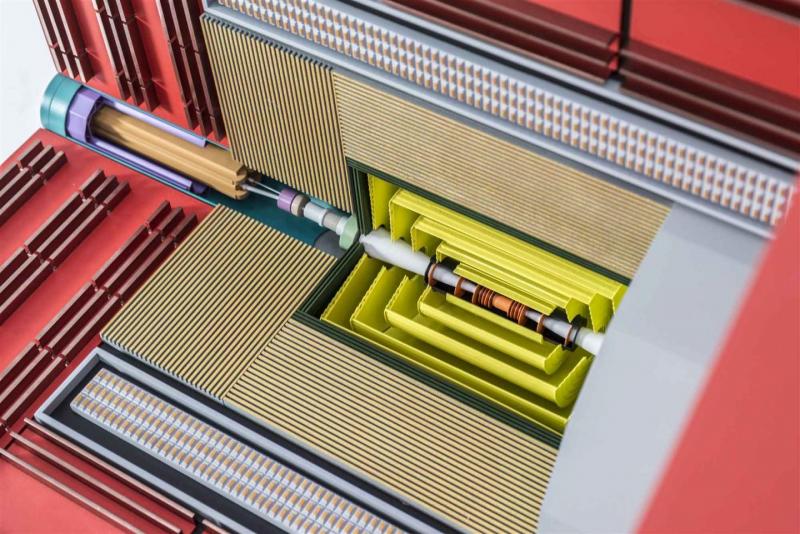
The CLICdp collaboration is developing a detector to record collisions at the future Compact Linear Collider
The CLICdp collaboration is addressing detector and physics issues for the Compact Linear Collider (CLIC). This future high-energy collider is a candidate to be the next accelerator built at CERN after the LHC.
CLIC will accelerate beams of electrons and their antimatter partners positrons, colliding them with a centre-of-mass energy of 3 TeV. Upon collision these point-like, elementary particles will annihilate each other, liberating energy to produce new particles. This makes the collisions very clean, as there are no remnants of the colliding particles. The LHC, in contrast, collides beams of protons. These are composite particles and collisions are therefore more complex, since not all the component quarks and gluons within the protons annihilate. These differences mean that physics results at CLIC will complement the knowledge gathered from the LHC, and will allow more precise measurements of the recently discovered Higgs boson.
The CLICdp collaboration gathers experts from more than 22 institutes around the world (March 2014). The collaboration is designing a detector that meets the requirements of making world-class physics measurements in a post-LHC era. This involves ground-breaking research and development of detector technologies, to gain the knowledge to build detector components that are thinner, more precise and more sensitive than ever before. It also involves complex computer simulations of physics processes and their interaction with the detector, to determine the precision with which fundamental properties of nature will be measured.
The LHC programme is far from finished, but the magnitude of the challenge of building the next generation of accelerator and detector dictates many years of planning and development. A long-term view is necessary, so that after the LHC we are ready to consolidate and extend our knowledge of the universe on the smallest scales.
